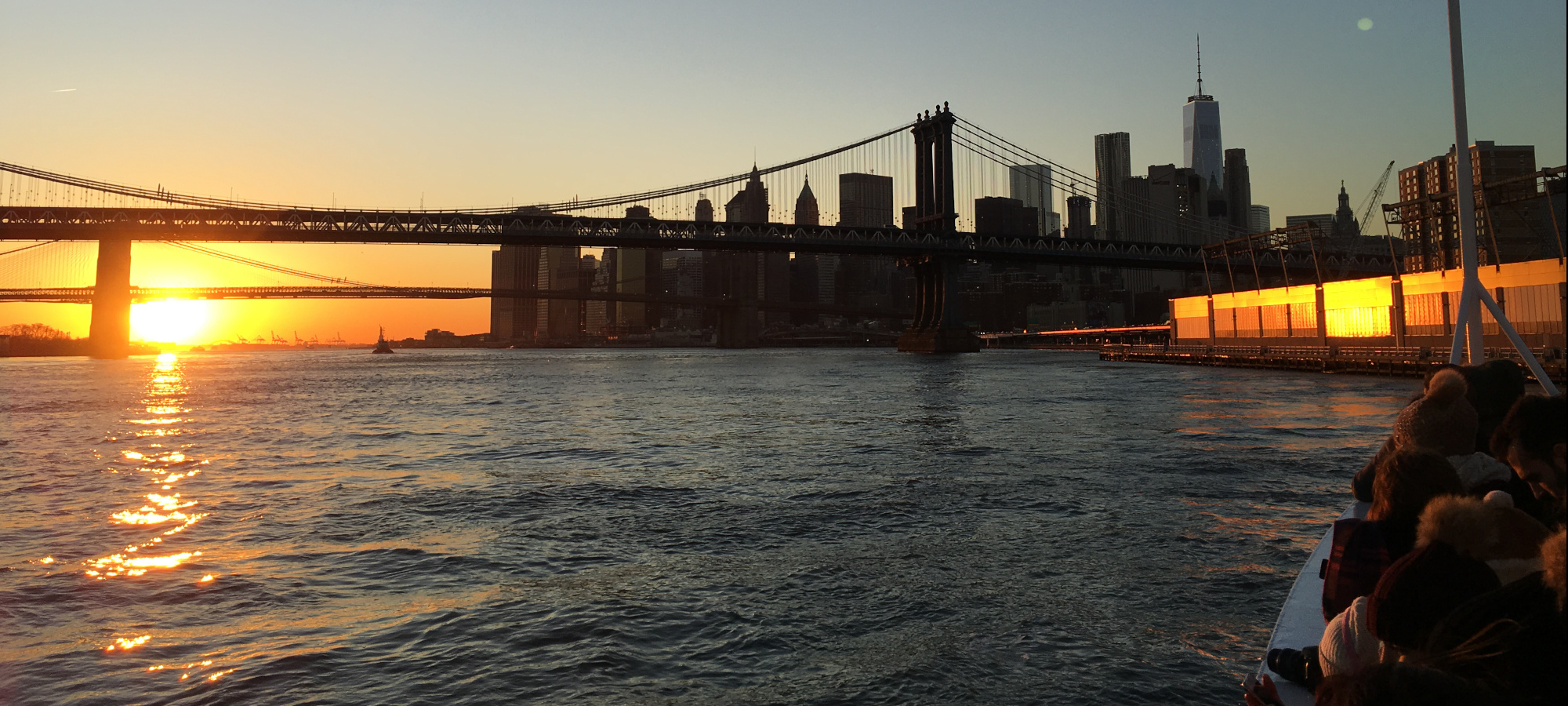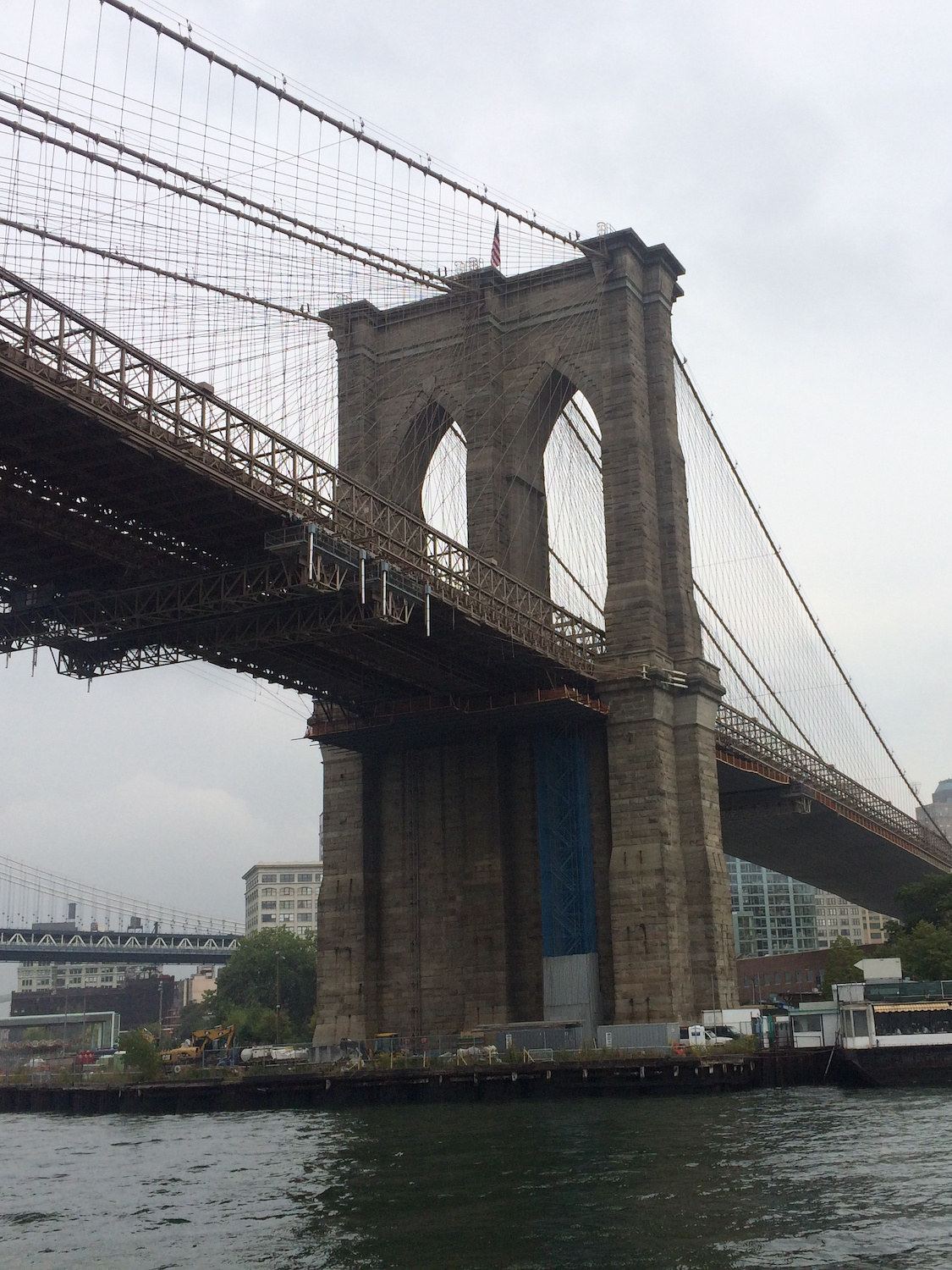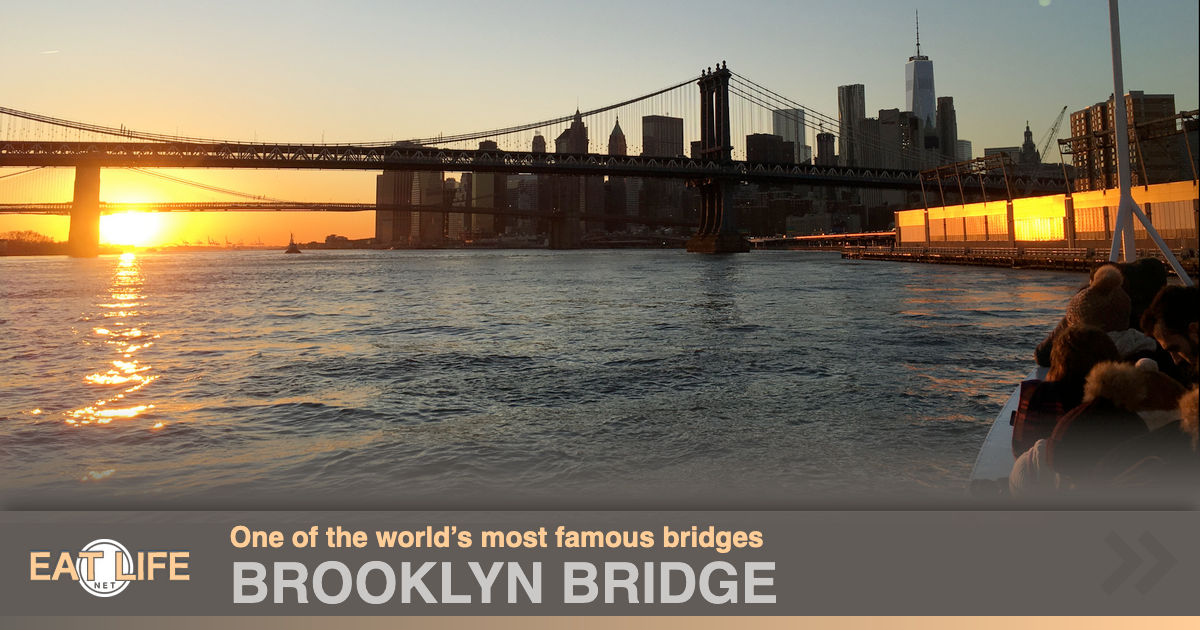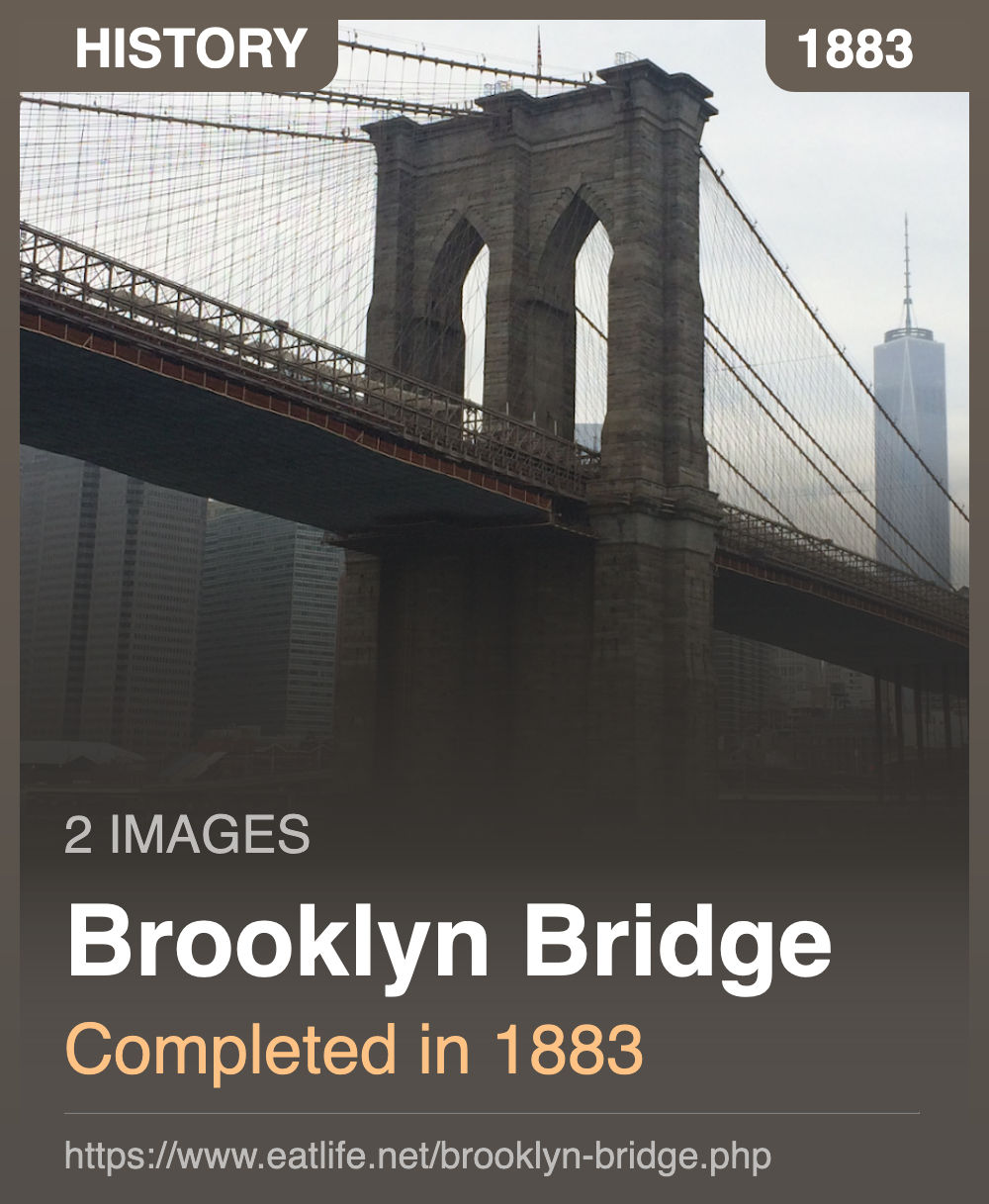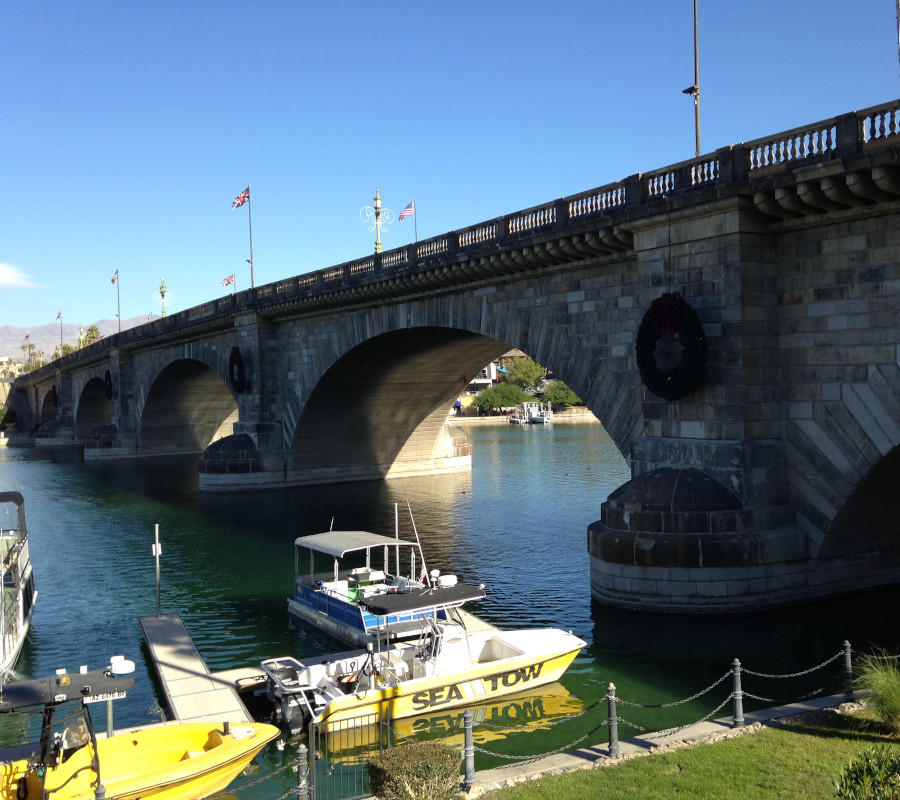Originally, the port that occupied the Brooklyn Bridge section of the East River was used for trade, and ferries would transport goods in and out of Manhattan island. Though it's hard to imagine now, there was no way to cross the river without taking a boat.
Brooklyn, across the East River from Manhattan, was incorporated as a separate city back then.
If that was still the case today, Brooklyn would actually be the fourth-largest city in America
Connecting the two boroughs must have seemed like such a remote possibility given all of the technological limitations of the time. Brooklyn was literally mostly sheep farms. No one knew how to build a bridge that would span the 1,500 feet of the East River — it had never been done.
The change in transportation technology wouldn't come until the 1850s. A German immigrant named John Roebling had a brilliant idea: build a bridge, but build it really tall and really long, using braided steel cables to support the weight. This was a completely new technology, but it worked, and the Brooklyn Bridge became the longest suspension bridge in the world at the time. Not only did the technology allow the Brooklyn Bridge to successfully span the river, but it's also what made early elevators possible, leading to modern skyscrapers.
The bridge was completed in 1883, but sadly John Roebling passed away during its construction and never saw the finished product
At around 130 feet tall, it towers above the surrounding landscapes. Although the Brooklyn Bridge only spans about 1,500 feet of the East River, it's actually more than 6,000 feet long since sizable chunks of the bridge's on-ramps cover portions of the land on Manhattan and Brooklyn.
The Brooklyn Bridge helped make New York City what it is today. Shortly after its completion, Brooklyn would join with Manhattan, Queens, The Bronx, and Staten Island to form the city as we know it. Thousands of travelers cross beneath its braided cables every day, cementing the legacy of John Roebling and the early geniuses that made it possible.
https://www.exp1.com/blog/untold-nyc-history-splendid-brooklyn-bridge-park
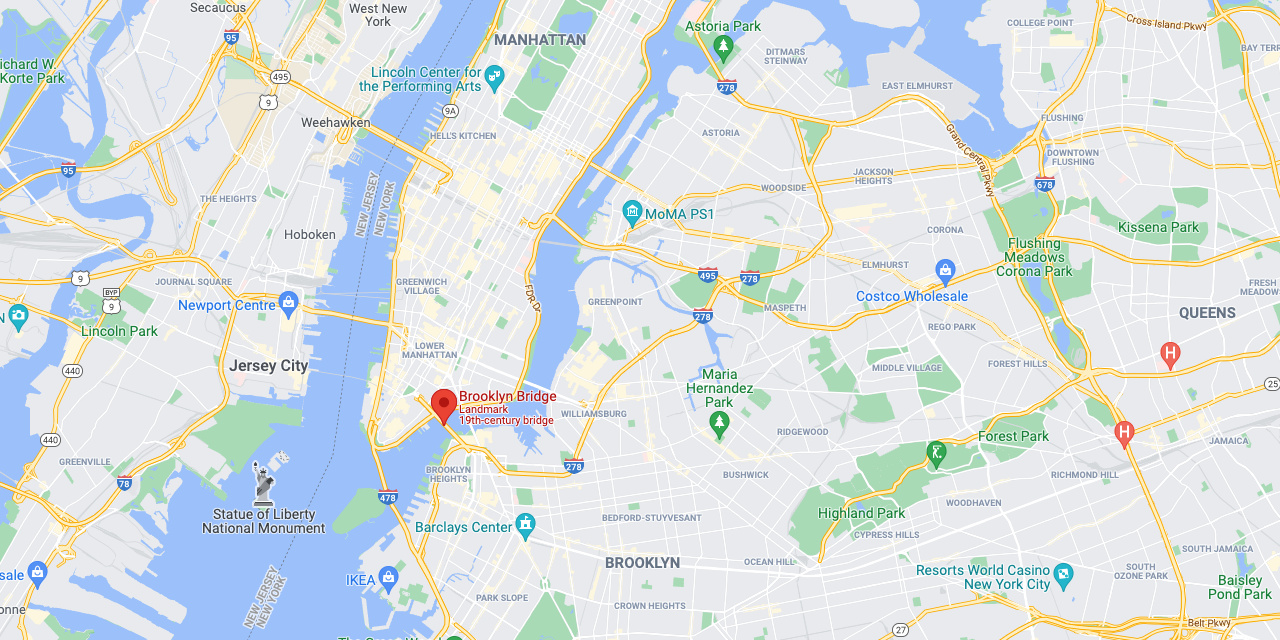
https://www.google.com/maps/place/Brooklyn+Bridge
Designed by John August Roebling who died as a result of an accident during the construction of the bridge before it was completed. After his death, his son, Washington Roebling, took over. He too had an accident, which made it impossible for him to coordinate the construction of the bridge. He continued to follow the construction of the bridge from his apartment with a telescope and was assisted by his wife Emily Warren Roebling. She helped with the communication between Washington Roebling and the construction workers. During construction, tragically 27 other people died. On May 24th, 1883, the Brooklyn Bridge was officially opened. Emily Warren Roebling was the first to cross the bridge, and 1,800 vehicles and 150,300 pedestrians followed her that day. At that time, the Brooklyn Bridge was the only connection between Manhattan and Brooklyn.
Fun fact:
Six days after the opening rumours arose about the stability of the bridge, it was said that it would collapse.
To prove the rumours wrong, circus man P.T. Barnum paraded 21 elephants over the bridge the following year.
Nowadays an average of 120,000 cars, 4,000 pedestrians and 2,600 cyclists cross the Brooklyn Bridge every day.
| Bridge Facts: | |
|---|---|
| http://www.nycroads.com/crossings/brooklyn | |
| Type of bridge | Suspension |
| Construction started | January 3, 1870 |
| Opened to traffic | May 24, 1883 |
| Length of main span | 1,595 feet, 6 inches |
| Length of side spans | 930 feet |
| Length, anchorage to anchorage | 3,455 feet, 6 inches |
| Total length of bridge and approaches | 6,016 feet |
| Width of bridge | 85 feet |
| Number of traffic lanes | 6 lanes |
| Number of cables | 4 cables |
| Height of towers above mean high water | 276 feet, 6 inches |
| Clearance at center above mean high water | 135 feet |
| Length of each of four cables | 3,578 feet, 6 inches |
| Diameter of each cable | 15-3/4 inches |
| Number of wires in each cable | 5,434 wires |
| Total length of wires | 14,060 miles |
| Total masonry in towers | 85,159 cubic yards |
| Weight of suspended structure | 6,620 tons |
| Total weight of bridge | 14,680 tons |
John Augustus Roebling, the Brooklyn Bridge's creator, was a great pioneer in the design of steel suspension bridges. Born in Germany in 1806, he studied industrial engineering in Berlin and at the age of 25 immigrated to western Pennsylvania, where he attempted, unsuccessfully, to make his living as a farmer. He later moved to the state capital in Harrisburg, where he found work as a civil engineer. He promoted the use of wire cable and established a successful wire-cable factory.
Cable arrays and stiffening trusses:
He earned a reputation as a designer of suspension bridges, which at the time were widely used but known to fail under strong winds or heavy loads.
Roebling addressed these problems by combining structural elements from previous bridge designs—including cable arrays and stiffening trusses.
Using this model, Roebling successfully bridged the Niagara Gorge at Niagara Falls, New York, and the Ohio River in Cincinnati, Ohio.
In 1867, on the basis of these achievements, New York legislators approved Roebling's plan for a suspension bridge over the East River between Manhattan and Brooklyn. It would be the very first steel suspension bridge, boasting the longest span in the world: 1,600 feet from tower to tower.
Tetanus:
Just before construction began in 1869, Roebling was fatally injured while taking a few final compass readings across the East River.
A boat smashed the toes on one of his feet, and three weeks later he died of tetanus.
His 32-year-old son, Washington A. Roebling, took over as chief engineer.
Roebling had worked with his father on several bridges and had helped design the Brooklyn Bridge.
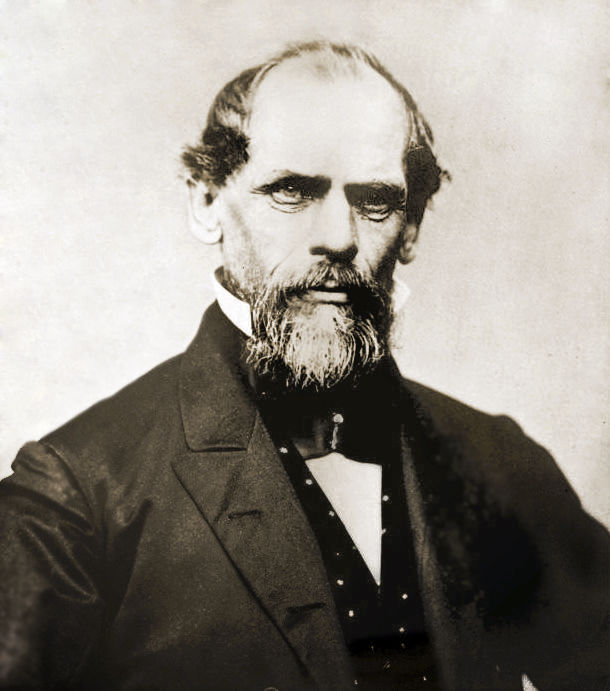
Brooklyn Bridge was designed by John Augustus Roebling. While conducting some of the last measuring across the East River ferry crushed his foot against the piling. His foot had to be amputated but he got tetanus from it, fell into a coma and died from tetanus 3 weeks after the amputation and just few days after he placed his son Washington Roebling in charge of the building the bridge.
To achieve a solid foundation for the bridge, workers excavated the riverbed in massive wooden boxes called caissons. These airtight chambers were pinned to the river's floor by enormous granite blocks; pressurized air was pumped in to keep water and debris out.
Workers known as "sandhogs" used shovels and dynamite to clear away the mud and boulders at the bottom of the river. Each week, the caissons inched closer to the bedrock. When they reached a sufficient depth — 44 feet on the Brooklyn side and 78 feet on the Manhattan side — they began backfilling the caisson with poured concrete and brick piers, working their way back up to the surface.
Underwater, the workers in the caisson were uncomfortable — the hot, dense air gave them blinding headaches, itchy skin, bloody noses and slowed heartbeats — but relatively safe. The journey to and from the depths of the East River, however, could be deadly. To get down into the caissons, the sandhogs rode in small iron containers called airlocks. As the airlock descended into the river, it filled with compressed air. This air made it possible to breathe in the caisson and kept the water from seeping in, but it also dissolved a dangerous amount of gas into the workers' bloodstreams. When the workers resurfaced, the dissolved gases in their blood were quickly released.
This often caused a constellation of painful symptoms known as "caisson disease" or "the bends": excruciating joint pain, paralysis, convulsions, numbness, speech impediments and, in some cases, death. More than 100 workers suffered from the disease, including Washington Roebling himself, who remained partially paralyzed for the rest of his life. He was forced to watch with a telescope while his wife Emily took charge of the bridge's construction. Over the years, the bends claimed the lives of several sandhogs, while others died as a result of more conventional construction accidents, such as collapses, fires and explosions.
By the early 20th century, scientists had figured out that if the airlocks traveled to the river's surface more gradually, slowing the workers' decompression, the bends could be prevented altogether. In 1909, New York's legislature passed the nation's first caisson-safety laws to protect sandhogs digging railway tunnels under the Hudson and East rivers.
The name Brooklyn comes from the Dutch town Breukelen
The Brooklyn Bridge Deaths:
It was the first steel-wire suspension bridge to be constructed. Opened in 1883 after 13 years of construction, resulting in the death of 27 people. It has a span of 1,595.5 feet, and a distance of 500m between its two towers.Little after opening, 12 people were crushed whilst crossing the bridge by a human stampede because of rumors that it was collapsing.
Since it was inaugurated, many people have dared to jump from the bridge, either as a bet or for the thrill of it. The first person to jump and survive was Clara McArthur in 1895.
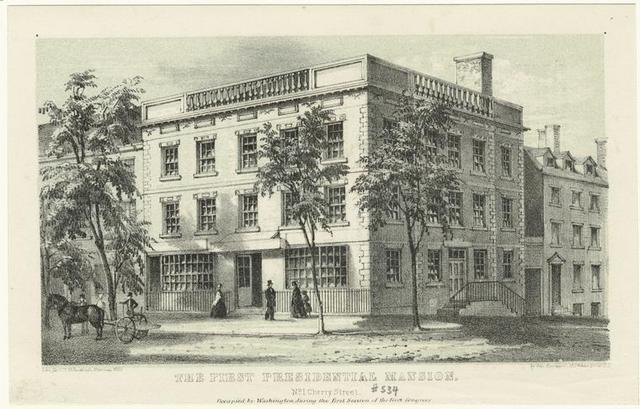
From April 23, 1789 to February 23, 1790, George Washington lived in the Samuel Osgood House, located at 1 Cherry Street, making it our nation's first presidential mansion. While the house was demolished in 1856, a plaque currently located on the Brooklyn Bridge memorializes the country's first "White House."
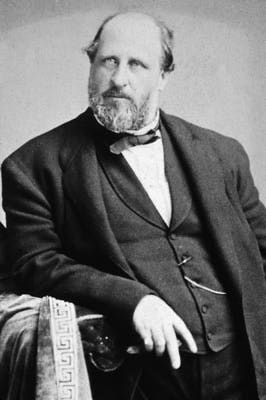
The Brooklyn Bridge was planned by veteran bridge engineer John Roebling, an immigrant from Prussia. Enthusiasm for the idea was not shared by all in the city government, and so Roebling enlisted Tammany Hall kingpin William "Boss" Tweed to help secure funds. Documents showed that Tweed paid out over $60,000 in bribes to secure a $1.5 million bond for the bridge's construction. After many delays and redesigns the project was ready to launch in 1869.
http://www.madeinles.org/7-brooklyn-bridge-facts-new-yorkers-dont-even-know
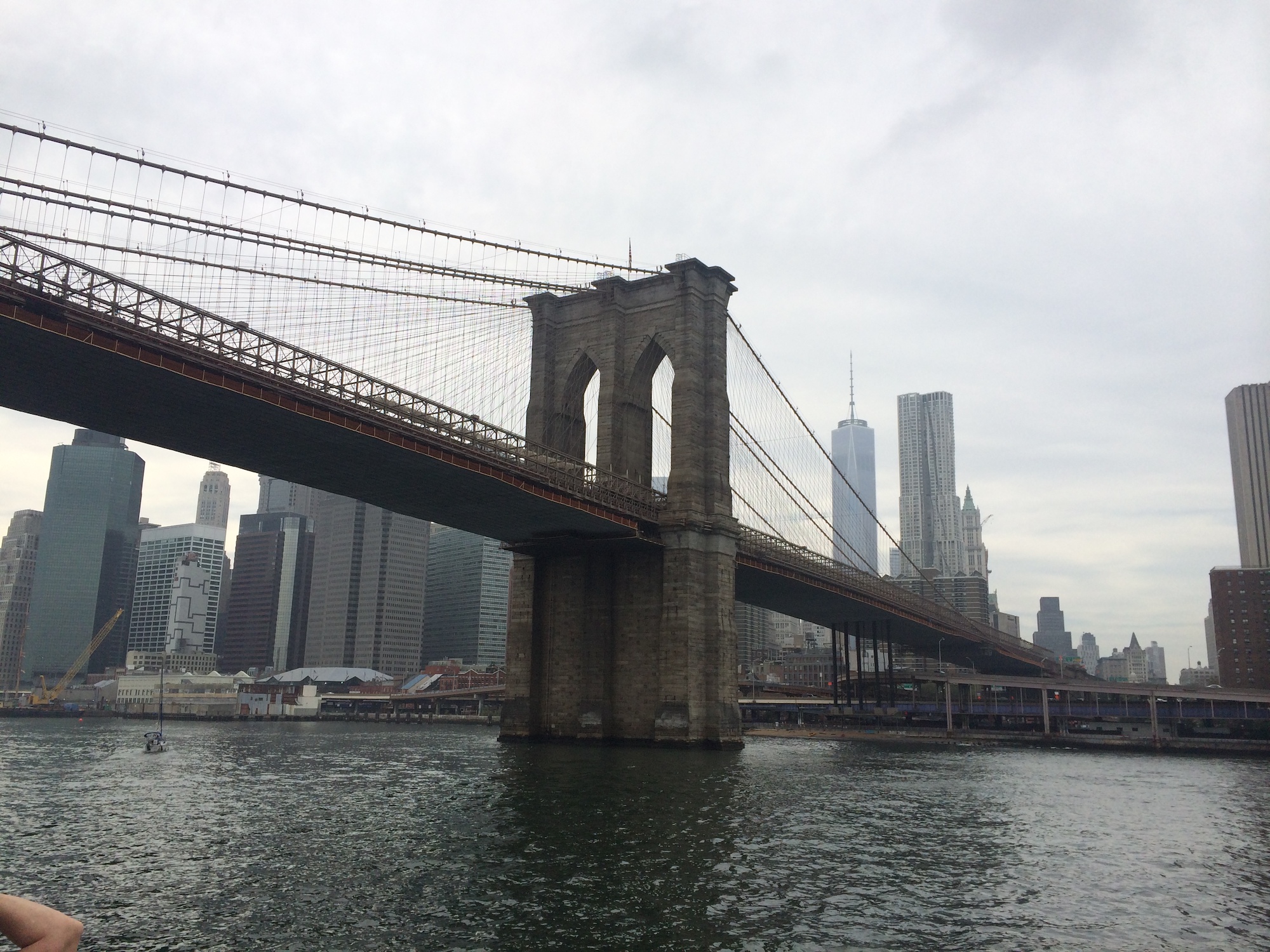
The Brooklyn Bridge is a hybrid cable-stayed/suspension bridge in New York City, spanning the East River between the boroughs of Manhattan and Brooklyn.The Brooklyn Bridge:
- Opened on May 24, 1883, the Brooklyn Bridge was the first fixed crossing of the East River.
- It was also the longest suspension bridge in the world at the time of its opening, with a main span of 1,595.5 feet and a deck 127 feet above mean high water.
- The span was originally called the New York and Brooklyn Bridge or the East River Bridge but was officially renamed the Brooklyn Bridge in 1915.
- Construction started in 1870.
- Since opening, the Brooklyn Bridge has undergone several reconfigurations, having carried horse-drawn vehicles and elevated railway lines until 1950.
- To alleviate increasing traffic flows, additional bridges and tunnels were built across the East River.
Following gradual deterioration, the Brooklyn Bridge has been renovated several times, including in the 1950s, 1980s, and 2010s

Proposals for a bridge connecting Manhattan and Brooklyn were first made in the early 19th century, which eventually led to the construction of the current span, designed by John A. Roebling. The project's chief engineer, his son Washington Roebling, contributed further design work, assisted by the latter's wife, Emily Warren Roebling.
- The Brooklyn Bridge, an early example of a steel-wire suspension bridge, uses a hybrid cable-stayed/suspension bridge design, with both vertical and diagonal suspender cables.
- Its stone towers are neo-Gothic, with characteristic pointed arches.
- The New York City Department of Transportation (NYCDOT), which maintains the bridge, says that its original paint scheme was "Brooklyn Bridge Tan" and "Silver", although a writer for The New York Post states that it was originally entirely "Rawlins Red".
- To provide sufficient clearance for shipping in the East River, the Brooklyn Bridge incorporates long approach viaducts on either end to raise it from low ground on both shores.
- Including approaches, the Brooklyn Bridge is a total of 6,016 feet long when measured between the curbs at Park Row in Manhattan and Sands Street in Brooklyn. A separate measurement of 5,989 feet is sometimes given; this is the distance from the curb at Centre Street in Manhattan.
- The main span between the two suspension towers is 1,595.5 feet long and 85 feet wide.
- The bridge elongates and contracts between the extremes of temperature from 14 to 16 inches.
- Navigational clearance is 127 feet above mean high water.
- The side spans, between each suspension tower and each side's suspension anchorages, are 930 feet long.
At the time of construction, engineers had not yet discovered the aerodynamics of bridge construction, and bridge designs were not tested in wind tunnels. It was coincidental that the open truss structure supporting the deck is, by its nature, subject to fewer aerodynamic problems. This is because John Roebling designed the Brooklyn Bridge's truss system to be six to eight times as strong as he thought it needed to be.[19][20] However, due to a supplier's fraudulent substitution of inferior-quality cable in the initial construction, the bridge was reappraised at the time as being only four times as strong as necessary.
- The main span and side spans are supported by a structure containing six trusses running parallel to the roadway, each of which is 33 feet deep. The trusses allow the Brooklyn Bridge to hold a total load of 18,700 short tons, a design consideration from when it originally carried heavier elevated trains.
- An elevated pedestrian and cycling promenade runs in between the two roadways and 18 feet above them.
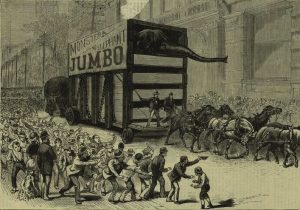
The year is 1884 and people are still skeptical about the sturdiness of the bridge. Enter circus tycoon PT Barnum. Upon its opening in 1883, Barnum had offered to showcase a parade of elephants and camels in exchange for $5000. They declined. With public perception wavering, the city finally agreed to the deal, hoping it would offer a much needed morale boost. On May 17th, 1884 the Brooklyn Bridge played host to a parade of 21 elephants and 17 camels. It was a success for all parties involved and faith in the bridge was reinforced.
http://www.madeinles.org/7-brooklyn-bridge-facts-new-yorkers-dont-even-know
Construction materials were accumulated under the watch of John Augustus Roebling, who failed to notice that he had been swindled on his cable wire. Contractor J. Lloyd Haigh snuck a substantial amount of inferior, even faulty, wire into the mix. The flaw went unrecognized until after the wires were incorporated into the standing bridge, at which point replacing them was impossible. Instead, the construction team doubled down on its security measures, introducing far more wire than calculations deemed necessary while working desperately to keep the discovery from reaching the public. For his part, Haigh escaped prosecution for this crime, but was arrested and convicted for forgery in an unrelated case.
Stampede on the Bridge:
The Brooklyn Bridge opened to the public on May 24, 1883 and enjoyed a fairly harmonious first five days in operation.
On May 30, however, disaster struck when either a woman tripping or a rumor of a pending collapse sparked a panic among the massive crowd of pedestrians crossing the bridge.
The mob's frantic race to escape the bridge resulted in the deaths of 12 people and serious injuries to 36 more.
https://www.mentalfloss.com/article/68463/15-facts-about-brooklyn-bridge-you-wont-fuhgeddaboud
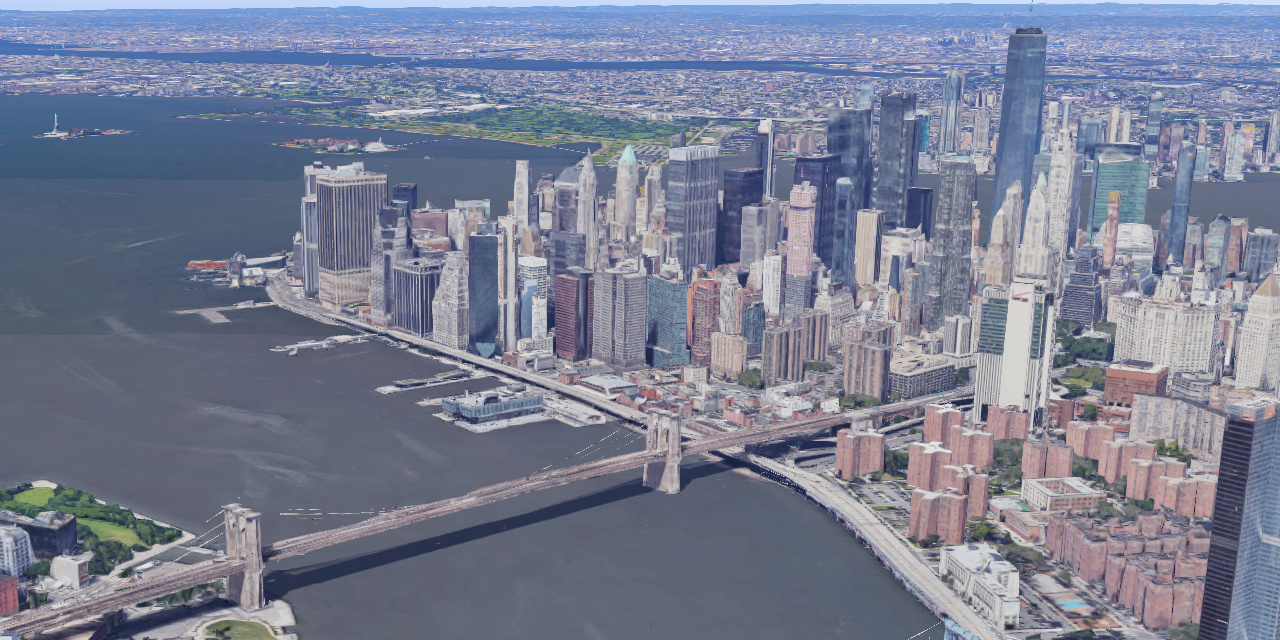
https://www.google.com/maps/place/Brooklyn+Bridge

Brooklyn Bridge
New York, NY 10038
Image of the Manhattan Bridge with the Brooklyn Bridge behind it in the sunset:
